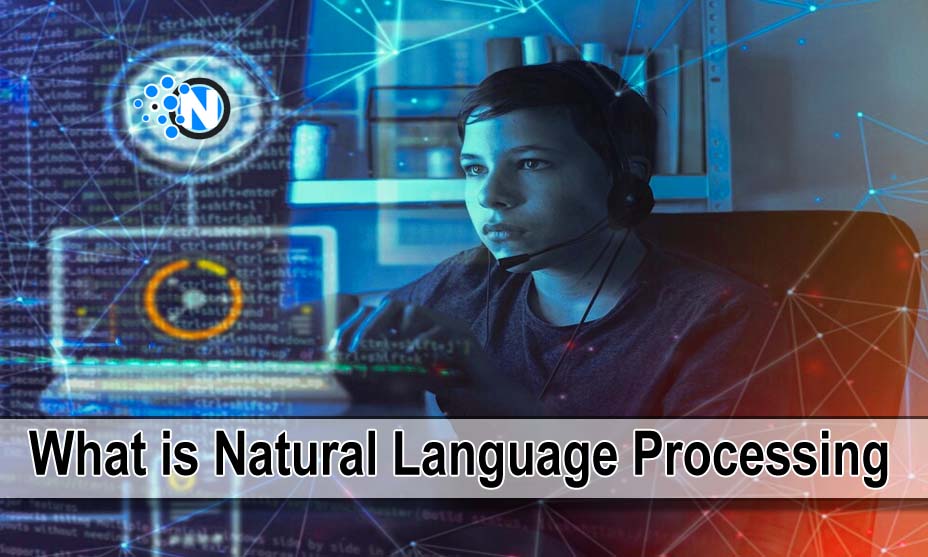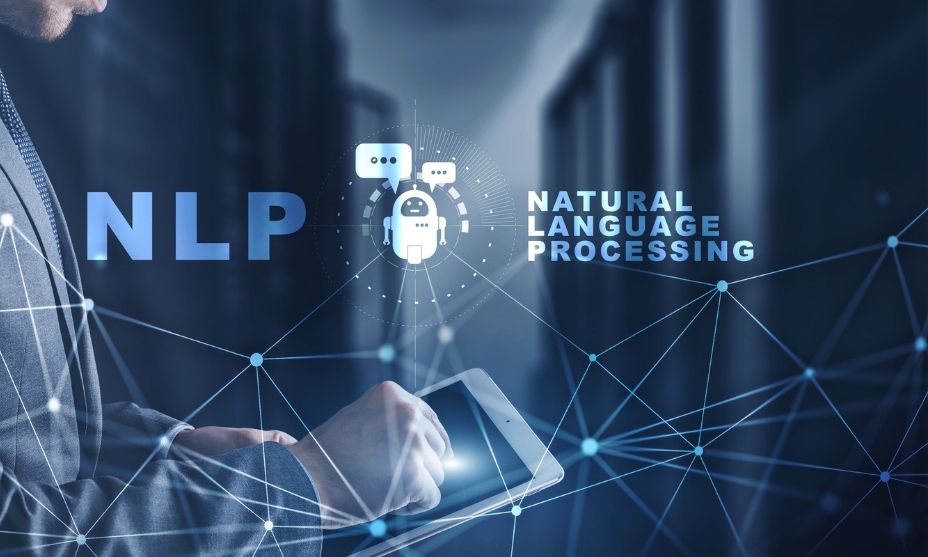What is Natural Language Processing (NLP) and its Applications

Natural language processing is one of the most fascinating gifts of modern technological advancement that promises to provide you with significant advantages. It combines different elements, like linguistics, computer science, and artificial intelligence, to perform different functions. They understand and interpret human languages more effectively to produce relevant answers that can better resonate with the requirements of other individuals. Over the years, this technology has evolved at a rapid scale and led to the production of numerous applications. We have developed this guide on the NLP and its top innovations.
What is Natural Language processing?
Natural Language Process is a field of artificial intelligence that mainly works by the collaboration of computers with human language. This technology has made it possible for robots and computers to understand the sentiments of individuals and carry out the responses accordingly. Besides, it has proved its authority in several other fields, bringing more useful and meaningful outcomes. The rise in the popularity of digital platforms is mainly because of this innovation as it bridges the gap between human communication and computer understanding. Now, companies are leveraging the potential of these tools excessively to improve different operations, like
- Customer service
- Data analysis
- Content generation
- Language translation
- Text analysis
- Chatbot interaction
- Sentiment analysis
Key Components of Natural Language Processing
NLP is not a simple technique. It features one of the most complex infrastructures with different components interconnected with each other closely. Some top ones are detailed below.
1 – Text Preprocessing
The foremost component of natural language processing is text preprocessing. It involves different crucial steps that must be followed precisely to ensure accurate results. Otherwise, you will get certain functional anomalies in the performance section. The vital steps are mentioned below.
- Tokenization: It is the process of splitting the text into words.
- Stemming: This method is mainly utilized to reduce the words to their root forms.
- Removal: In this step, the developers remove the stop words like “the” and “is”.
2 – Text Representation
Another critical component of NLP is text representations. It is co,[pulsory to make machines understand and learn the commands. We all know that AI models work on numerical values instead of alphabets. Thus, text representation is the process of converting the text into numerical data by the utilization of various tools and software. Generally, the most usable techniques in this process are:
- One-hot encoding
- Word Embedding
3 – Machine Learning Models
Natural language processing also leverages the power of machine learning models to process and understand the context of the text. Thus, it can ensure automated answer generation alongside bringing efficiency to the whole procedure. Although machine learning is an essential component, it is not used deeply as it may result in some negative consequences. The only techniques to be integrated into NLP are:
- Recurrent Neural Networks (RNNs)
- Transformer-based models, like BERT
4 – Natural Language Understanding
Natural language understanding involves different tasks that are necessary for identifying different elements like names and dates. They are generally part-of-the-speech and need to be decoded more precisely. NLP utilizes the power of syntactic parsing to understand the meaning and structure of different phrases and sentences. Consequently, it ensures better outcomes for the user getting in touch with it.
5 – Natural Language Generation
Natural language processing mainly focuses on understanding the language as well as generating human-like texts. With the advancements in machine learning algorithms and the ability to integrate data sets, NLP has made it quite convenient for content writers to generate high-quality text through these models. Additionally, chatbots are one of the most crucial examples of this component.
Applications of NLP

Now, you have learned about the components of natural language processing. It’s time to get complete insights regarding the applications of NLP that have taken the world by storm and impacted the business’ functioning greatly.
1 – Language Translation
The major application of natural language processing is language translation. Different companies have generated their tools after integrating this technology into their infrastructure to allow the general public to translate different languages into their native ones. One of the biggest examples of this application is Google Translate. You only have to put the text and choose the desired language in which you want the information. Hence, NLP plays a crucial role in facilitating global communication.
2 – Sentiment Analysis
Sentiment analysis is very important in this highly competitive world to determine the needs and requirements of customers. While, humans can understand emotions more effectively than robots, dealing with a larger audience is not possible manually. Therefore, NLP has come to the market with its effective sentiment analyzing power to bring automation in several steps. As a result, companies can make more informed decisions to resonate with the preferences of their customers. You can get sentiment analysis services.
3 – Chatbots and Virtual Assistants
Natural language processing has caused the improvement of chatbots and virtual assistants that may serve big blessings in this rapid-paced surroundings. They integrate NLP concepts to apprehend and reply to human language. The top VAs like Siri and Alexa are constantly impressing the sector with their super features. Similarly, the improvement of chatbots has made them a precious asset in the customer support phase.
4 – Question Answering Systems
Previously, we specified that NLP is utilized in the improvement of chatbots. Businesses can combine virtual bots into their website’s customer service applications to cope with the queries of customers and generate more specific responses.
5 – Recommendation Systems
Although it is not the exact benefit of NLP, it still plays a crucial role in understanding the requirements of individuals and allows companies to send more personalized recommendations to them.
Final Verdicts
Natural language processing is one of the most widespread technologies with its branches in almost every field. Embedded with numerous components, it ensures the proper text processing and generation that can take the experience and functional capabilities of businesses to an advanced level. Further, it has led to the development of numerous tools, like chatbots and virtual assistants that are influencing the world. Certain challenges are present in their usage that will be treated soon to ensure more precision and accuracy in the results.




